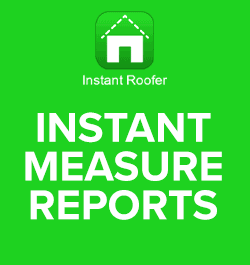Clear Communication is Key

Create a tailored communication strategy for better customer interaction.
By Emily Simpson, Angie’s List
In the last 100 years, communication methods have dramatically evolved. Whereas communication used to depend on handwritten letters and an occasional phone call (if one had a phone installed), now communication relies on text messages, phone calls, email and a plethora of other options. Each method of communication requires different approaches, depending on the person, the availability and the topic.
This change in how people communicate offers myriad opportunities for service pros, including the chance to tailor communication strategies to the needs of the service pro and client.
According to a 2014 Gallup poll, texting is the most popular method of communication for those under the age of 50, followed by phone calls and emails. If service pros aren’t taking advantage of all these methods of communication, they are missing out on opportunities.
While texting may not be the best method to speak with new customers, answer questions or tackle billing, it does offer some unique opportunities. Texting is a fast way to confirm details, provide information such as service call confirmations, and thank clients. Using a text to confirm service appointments is a fast, efficient method that won’t disrupt a client with taking a phone call or reading an email. Clients can simply reply with a “yes” or “no” to confirm details.
Phone calls allow for direct, one-on-one communication that is immediately responsive. Phone calls are the best method to have back-and-forth communications, ideal for answering questions about upcoming projects, scheduling appointments and solving any issues that may have arisen during an appointment. Service pros won’t have to wait for hours, or even days, for a client’s response.
Email is an extremely useful communication tool for service pros. Not only can email provide updates on service appointments, bill payments and confirmation of appointments, but it can also be used to request and respond to client reviews. Email is also an ideal format for sending out special deals, thank-yous and updates.
Messaging center communication is the rare circumstance in which the service pro must always wait for a client to initiate conversation. Generally, it’s difficult to predict which customers will start conversations on a messaging center. However, it is an ideal format for answering questions and sending useful links and resources, such as reviews, guides and FAQs.
The most important part of communicating with customers is determining which method they prefer. Customers must opt-in to communicating via text or provide an email address to initiate an email conversation. If they choose not to provide this information, it’s a safe bet they aren’t interested in communicating in this manner. Start communicating via phone and develop your communication strategy based on what clients want.
Learn more about how best to communicate with your customers from expert service pro, Frank Taciak, by listening to this pre-recorded webinar title ‘Communicating the Sale.”






















Comments
Leave a Reply
Have an account? Login to leave a comment!
Sign In